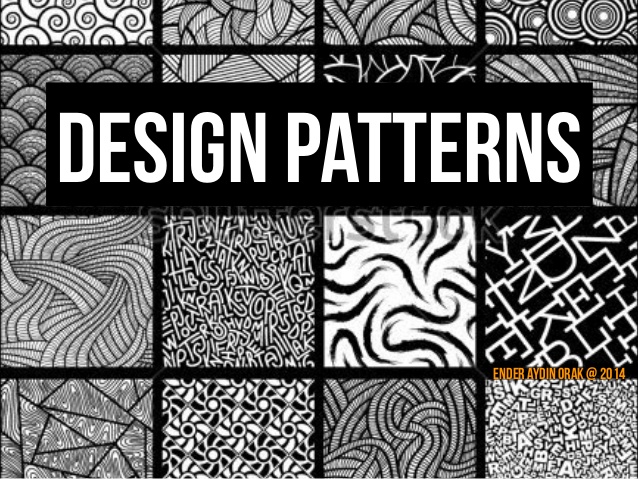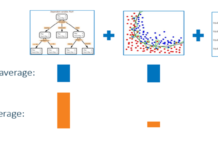Two primary emotions drive people to take action. The first is fear, defined by user loss, and the second is for an opportunity, defined by user gain.
Business Intelligence (BI) Resolution Design Pattern will seek to address both patterns. In this part, we will first speak to the fear pattern since it is the stronger of the two human emotions. People will react faster and more intensely to fear than to opportunity.
THE PROBLEM RESOLUTION DESIGN PATTERN
A good application of this pattern is help desks or system support. It applies to any production system used as part of daily business-as-usual activity.
STEP 1: DISCOVERY/ ALERT
Usually, significant issues are easy to spot. We get a message and know that the roof can come caving in if that does not get resolved. This is information that cannot and must not be ignored.
On the other hand, opportunities are challenging to detect since they are usually buried in a load of signal-to-noise. Also, opportunity does not have ramifications if missed. We need to monitor. How did we find the anomaly, and by whom? What does it mean?
STEP 2: DIAGNOSIS/ANALYSIS
Root Cause Analysis (RCA), is it a specific or circumstantial context for the particular case? Does it have a generalized impact beyond the identified issue?
STEP 3: DECISION
what are the options with the pros and cons? What is the “what IF” prediction for each option? How do we rank the options based on weighted drivers? At a maximum of one week, there can be a decision point for a course of action. Can we identify and pick the best option?
STEP 4: DISPOSITION/ ACTION
Act confidentially and boldly, Add Monitors for the case, Add Audit for generalized cases, Monitor generalized cases, and Notify impacted parties.
“the road to hell is paved with good intentions”
OVERCOME ANALYSIS PARALYSIS
We very often get stuck in the planning stages. This Analysis paralysis occurs when the effort in the DIAGNOSIS and DECISION stages consumes so much time and energy. The outcome of these stages can sometimes be so complex that the creator might jit back and congratulate themselves for such through thoughts and multi-stage analysis.
The most effective strides are made when we can shortcut DIAGNOSIS and DECISION because this was pre-thought, and someone can get to the action of solving the problem.
BI needs to account for this design pattern to orient itself toward action—a well-defined action based on some discovery or disruptive alert.
In BI design, there must be a shift in thinking on the approach. Many projects might have succeeded more if the thinking had changed slightly. We need to stop fitting requirements to products but start with how users need to interact with data and then figure that out from there. “What criteria are required” becomes “Who will interact with the information, and what will they do with it?”
KPIs are fascinating, and value at each Line Of Business (LOB) needs to become razor sharp; they need to link into the business pulse across and within the LOB, easily measured by cash. Standardization of the language and definition of KPI across LOB and enterprise give widespread acceptance. Instead of just following the learning and action, we need to know when to stop and turn over to the next actor in the phases of the problem-resolution design pattern.
Most importantly, instead of building the whole application, we need to think about MVP (minimum viable product) and work toward data that is a priority and necessary for the success of usage. See my thoughts on the value of software.
RCA is an iterative process. While getting it right the first time shows excellent maturity and efficiency, we must have open minds in uncharted problems. The mindset of “if we do not get this right, we will not get another chance” needs to become “this is a journey and continually adding value” during the experience will yield more value over time rather than waiting to “get it all right” the first time around. Let the solutions evolve to arrive at a mature and efficient solution eventually.
Related Article: The Problem-Solving Framework
Stephen Choo Quan
Sharing is Caring. Thanks for reading and sharing ❤
Follow me On Instagram | Facebook | LinkedIn
Subscribe for monthly inspiration











